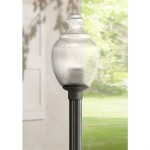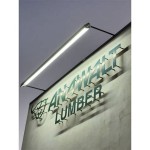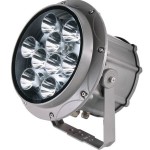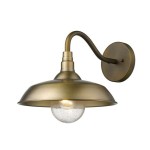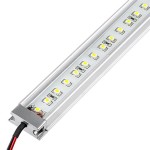Programming a Dewenwils Outdoor Light Sensor Timer
Dewenwils outdoor light sensor timers are convenient and efficient devices for automating your outdoor lighting. These timers use a combination of light sensing and programmable settings to activate your lights automatically, saving energy and enhancing security. Understanding the basic programming steps is essential for maximizing the functionality of this device. This article will guide you through the process of effectively programming a Dewenwils outdoor light sensor timer.
1. Understanding the Components and Settings
Before programming, it is crucial to familiarize yourself with the components and settings of the Dewenwils timer. The device typically features a digital display, programming buttons, a light sensor, and potentially a manual override switch. The programming options may include:
- Time settings: This allows you to set specific on and off times for your lights, regardless of light conditions.
- Light sensor sensitivity: This setting determines how dark it needs to be before the lights turn on automatically. You can adjust the sensitivity level to suit your desired brightness and ambient lighting conditions.
- Dusk-to-dawn mode: In this mode, the lights automatically turn on at dusk and turn off at dawn, based on natural light changes.
- Manual override: This feature allows you to manually turn the lights on or off, bypassing the programmed settings.
Understanding these features will help you tailor the programming to your specific needs and preferences.
2. Initial Setup and Basic Programming
The initial setup process for a Dewenwils timer usually involves connecting the device to your outdoor light fixture and providing power. Once connected, you can start programming the basic settings. Here is a common sequence of actions:
- Set the time: Use the programming buttons to set the current time accurately. This ensures precise timing for your programmed settings.
- Choose the operating mode: Select the desired mode of operation, such as dusk-to-dawn, time-based, or a combination of both. This determines how the timer will activate the lights.
- Set the on and off times: For time-based settings, input the specific times you want the lights to turn on and off. This allows you to control the lighting schedule independently of natural light conditions.
- Adjust the light sensor sensitivity: If using the light sensor in conjunction with time settings, adjust the sensitivity level to determine how dark it needs to be for the lights to turn on. This allows you to customize the lighting to your desired brightness.
By following these steps, you can create a basic programming configuration that meets your initial lighting needs.
3. Advanced Programming and Troubleshooting
Dewenwils timers often offer advanced programming options to further refine your lighting control. These may include:
- Multiple on/off settings: Some timers allow you to program various on and off times within a single day, creating a more complex lighting schedule.
- Day of the week settings: This feature enables you to program different lighting schedules for different days, allowing for flexibility based on your daily needs.
- Holiday modes: Certain timers include holiday modes that extend the lighting duration for special occasions.
- Dimming features: Some advanced models allow you to control the brightness of the lights in addition to their on/off times.
While programming a Dewenwils timer is generally straightforward, troubleshooting issues may arise. Refer to the user manual for specific instructions and troubleshooting tips. Common problems may include:
- Incorrect time settings: Ensure the time is set accurately to ensure the programmed schedules function correctly.
- Faulty wiring: Check the wiring connections between the timer and the light fixture to eliminate any loose or damaged wires.
- Sensor malfunction: If the light sensor is not working properly, the lights may not turn on or off as intended. Clean the sensor or replace it if necessary.
- Battery issues: If the timer uses a battery, ensure it is properly installed and has a sufficient charge.
By carefully following the programming instructions and troubleshooting any issues, you can ensure your Dewenwils outdoor light sensor timer effectively controls your outdoor lighting.

Dewenwils Outdoor Light Timer Weatherproof Countdown Photocell Sensor With Electrical Grounded S For String

Dewenwils Hodt13d Outdoor Light Sensor Timer Instruction Manual

Dewenwils Outdoor Light Sensor Timer Waterproof Plug In Switch 100 Ft Range Remote Control

Dewenwils Outdoor Digital Timer 7 Day Programmable Plug In With 3 Grounded S For Landscape String Light

Dewenwils Hodt13e Outdoor Light Sensor Timer Instruction Manual

Dewenwils Weatherproof Light Timer Electrical With Dusk To Dawn Outdoor Indoor Countdown

Dewenwils 24 Hour Programmable Digital Timer Plug In Outdoor Light With 2 Grounded For Holiday String Lights

Dewenwils Waterproof Light Sensor Timer With 2 Grounded S Plug In 100 Ft Range Remote Control For Outdoor String Lights

Dewenwils 2 Pack Outdoor Light Timer Weatherproof With Countdown Photocell Sensor For String 13 A 1 Hp Ul Listed Com

Dewenwils Waterproof Light Sensor Timer With 2 Grounded S Plug In 100 Ft Range Remote Control For Outdoor String Lights
